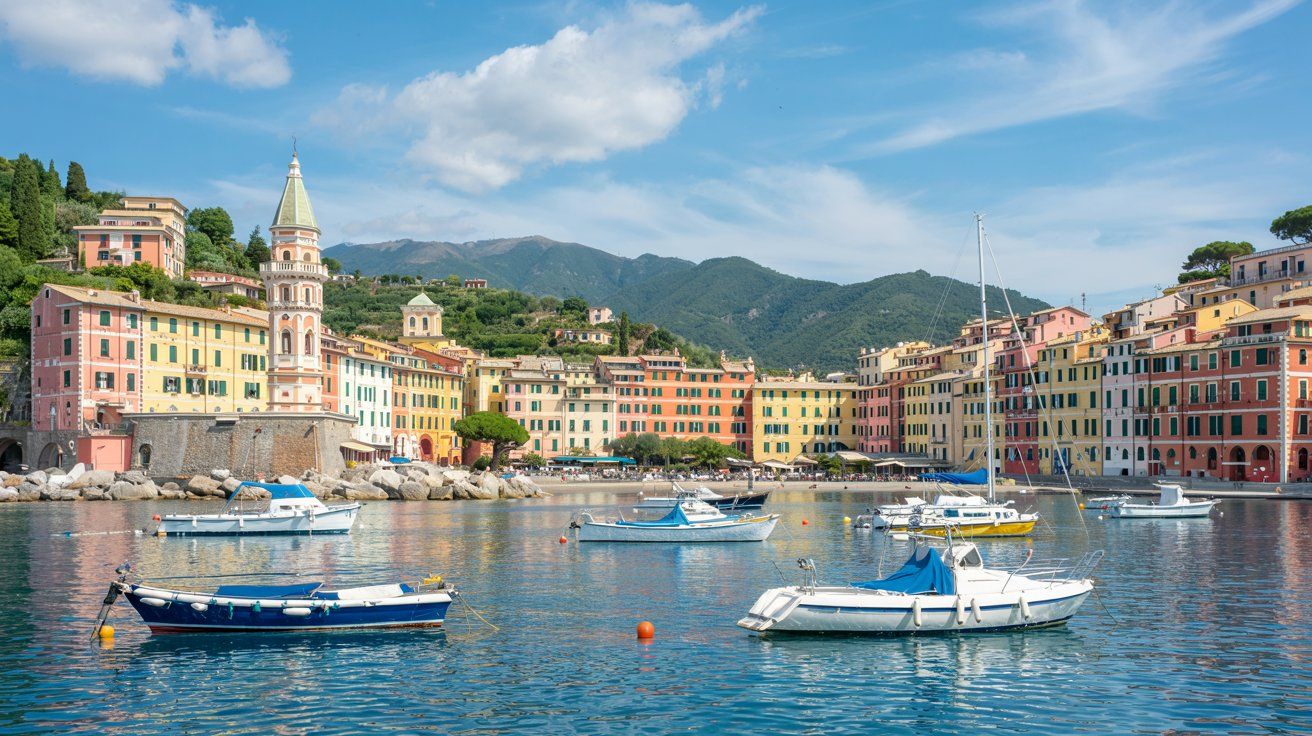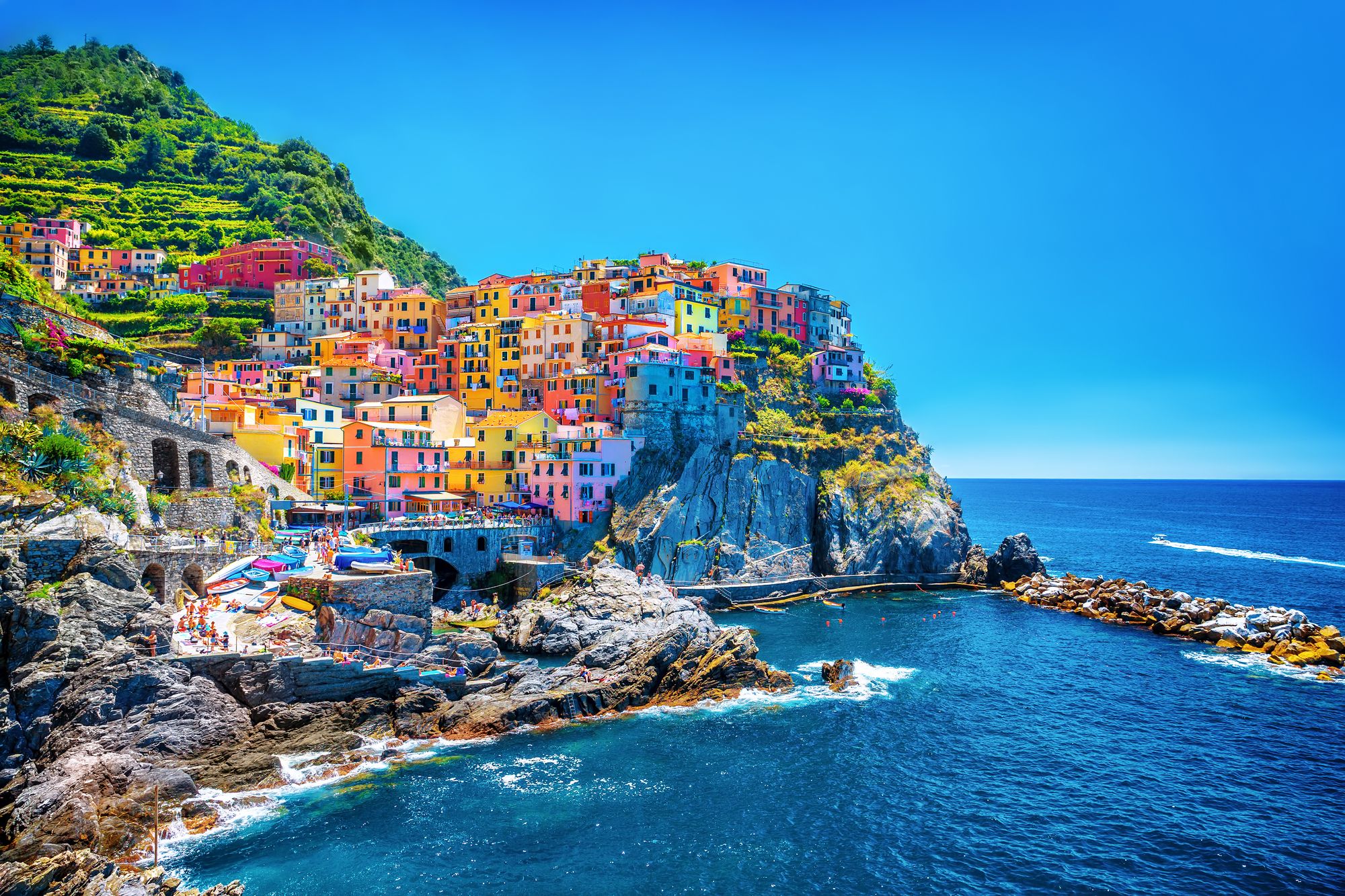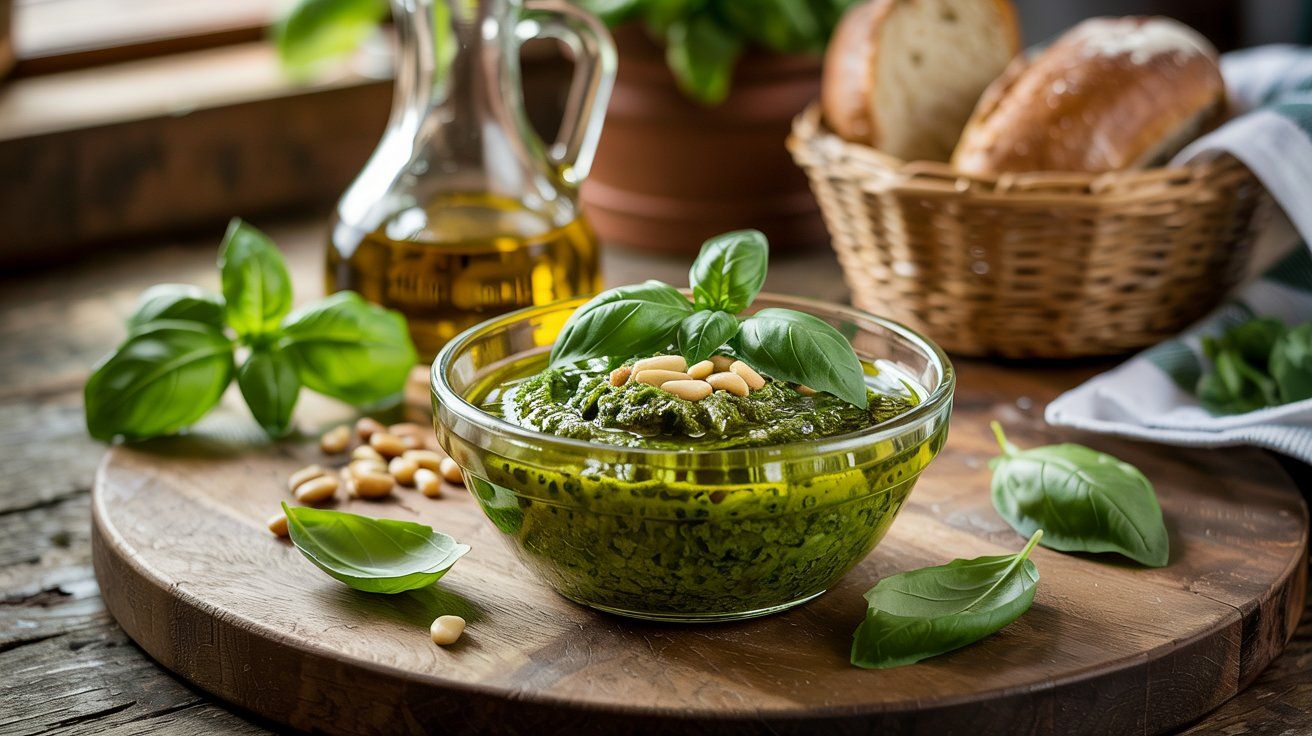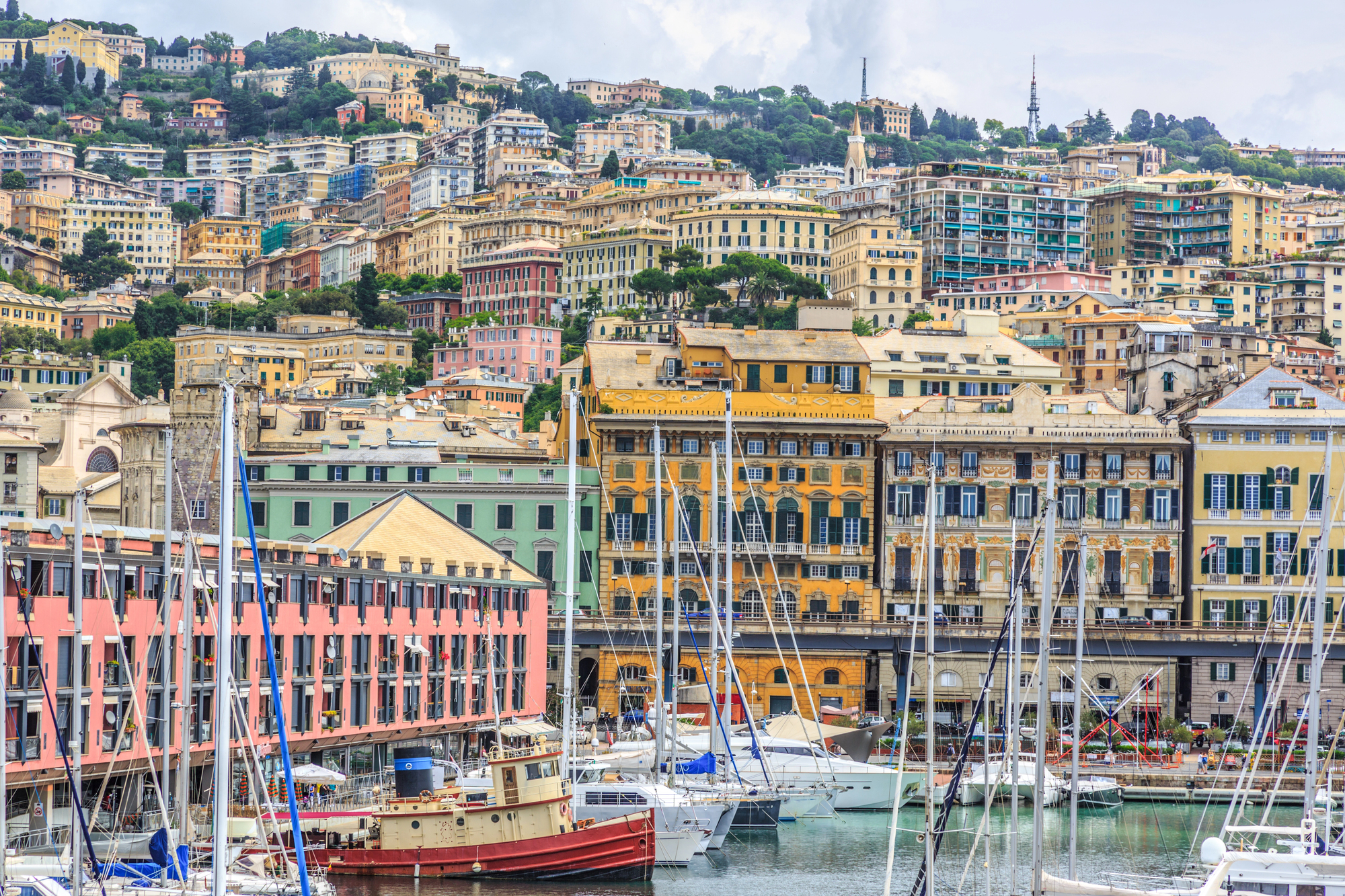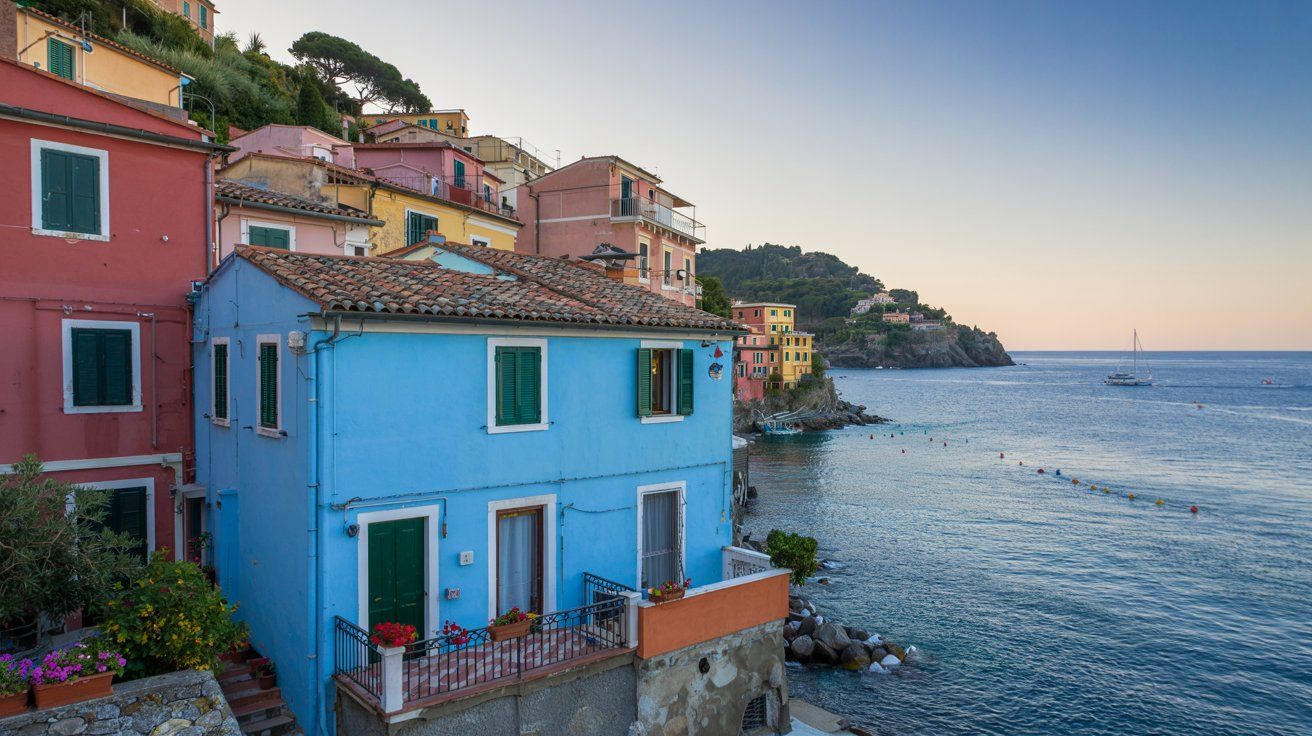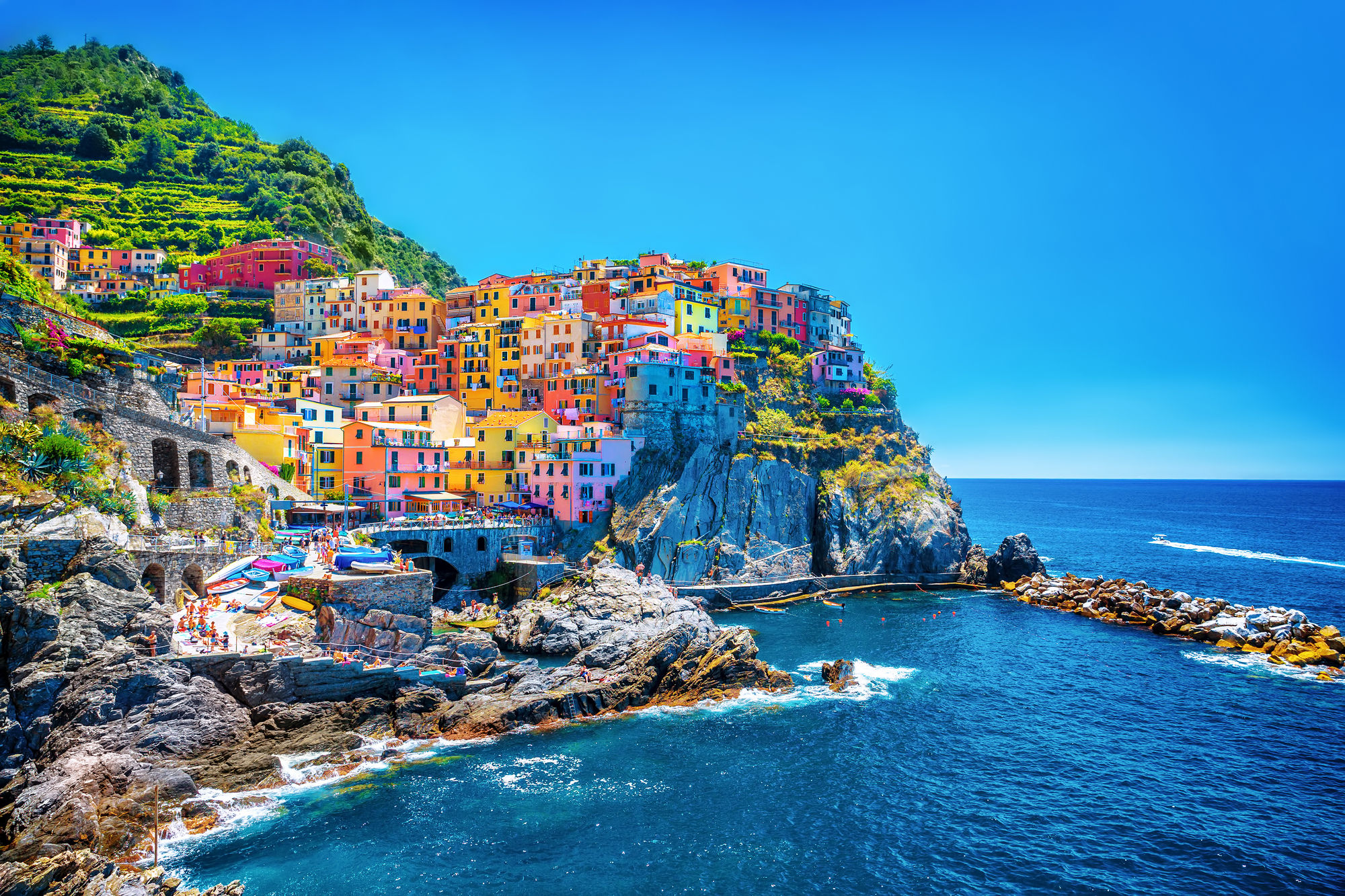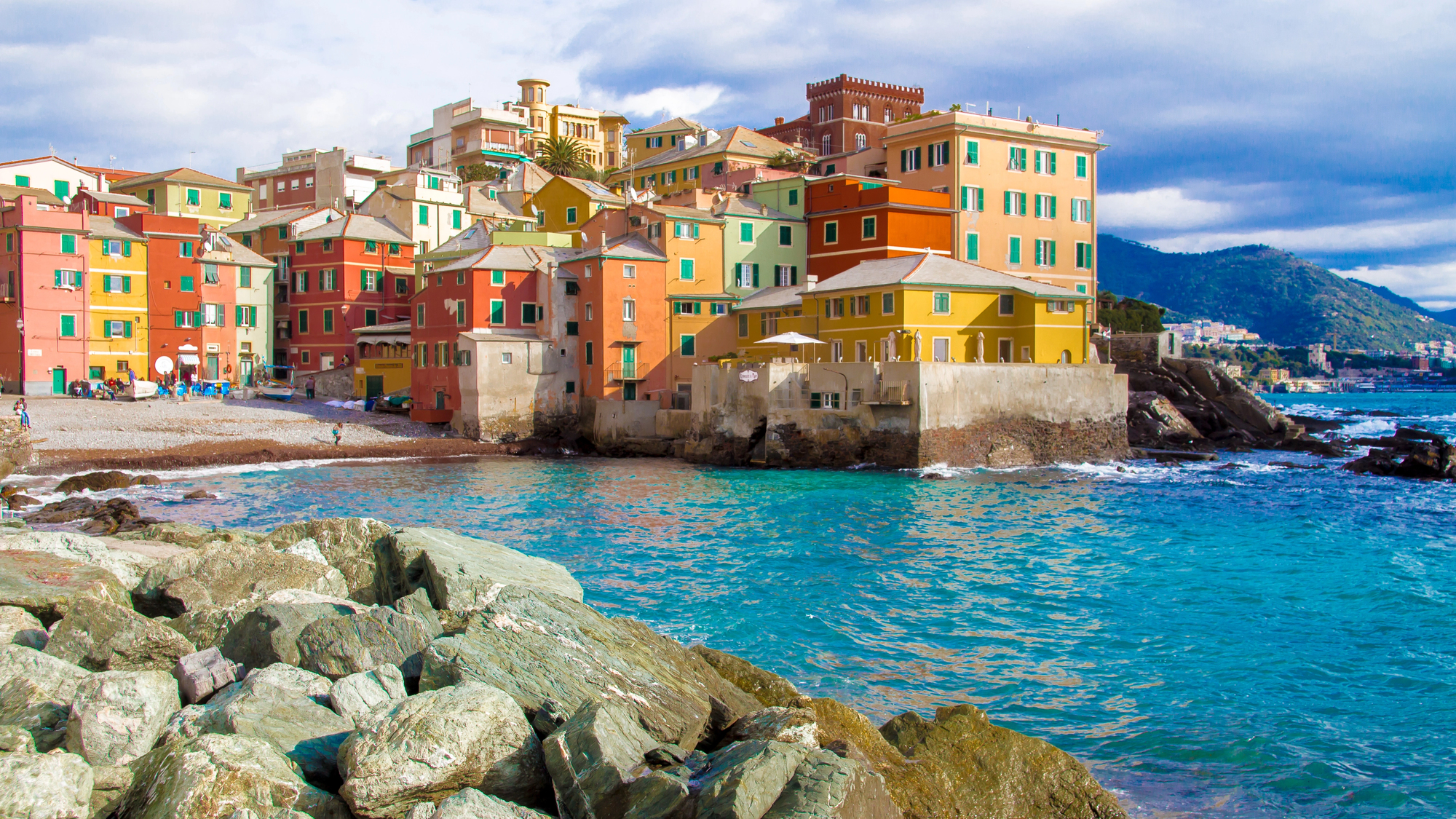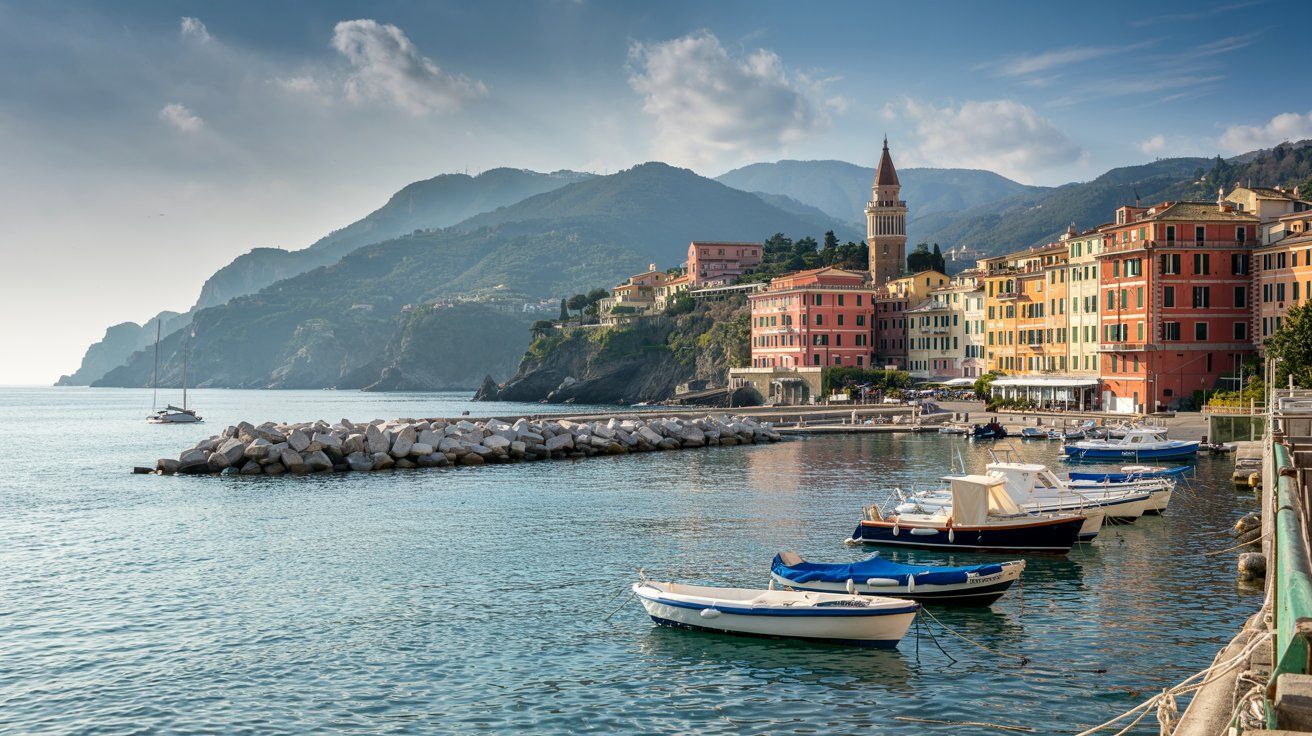Genoa, a stunning city on the Italian Riviera, is home to a captivating old town that attracts visitors from around the world. The historic center of Genoa is one of the largest medieval areas in Europe and a must-see for anyone visiting the Italian Riviera. As you wander through its narrow alleys and explore its ancient palaces, you will find yourself immersed in a rich tapestry of history and culture.
This vibrant city combines maritime charm with urban allure, making it an essential stop on your journey through Italy. Genoa’s old town is filled with breathtaking architecture, colorful buildings, and lively street life, offering a glimpse into the past while embracing the energy of the present. You won’t just visit the old town; you’ll experience the heartbeat of Genoa.
Get a discount of 15% to 70% on accommodation in the Italian Riviera! Look for deals here:
Italian Riviera Hotels, Apartments, B&Bs
Historical Significance of Genoa’s Old Town
Genoa’s Old Town is a fascinating blend of medieval architecture, rich history, and cultural evolution. This section explores its recognition as a UNESCO World Heritage Site, highlights key architectural landmarks, and delves into the town’s cultural development through the centuries.
UNESCO World Heritage Status
The historic center of Genoa achieved distinction as a UNESCO World Heritage Site in 2006, acknowledging its significant cultural and historical value. This recognition stems from the unique urban planning and preservation of numerous noble palaces and ancient buildings. These structures are not just architectural marvels but also represent Genoa’s pivotal role in Mediterranean trade and politics during the medieval period. Walking through the narrow alleyways, known as caruggi, you can feel the essence of a time when Genoa was a vibrant maritime republic, filled with life and commerce. The dedication to maintaining these historical elements makes Genoa a prime destination for those interested in exploring a living tapestry of history.
Architectural Highlights
Genoa’s Old Town boasts a remarkable array of architectural wonders that span centuries. Among the most prominent is the Palazzo Ducale, once the seat of the Doges of Genoa, exemplifying grand Renaissance architecture. The San Lorenzo Cathedral, with its striking Gothic façade, offers a glimpse into the city’s religious and civic heart. Another significant site is the Santa Maria di Castello church, a symbol of the city’s spiritual past with its Romanesque structures. The complex layout of the town, with its maze-like alleys, showcases a unique medieval urban planning style that remains largely unchanged, providing you with an authentic glimpse into Italy’s architectural evolution.
Cultural Evolution Through Centuries
Genoa’s Old Town reflects a rich cultural evolution that continues to shape the city’s identity. Historically, Genoa was one of the major maritime powers, which brought wealth and diverse cultural influences. These influences are evident in the art, language, and traditions that permeate the town. Over the centuries, Genoa emerged as a melting pot of cultures, seen today in its vibrant local festivals, cuisine, and arts. The continuous interaction with various cultures during the medieval and renaissance periods allowed Genoa to develop a distinct identity that attracts visitors from around the world, eager to experience its charming blend of history and modernity.
Exploring Genoa’s Old Town
Genoa’s Old Town, known as Centro Storico, is a vibrant area filled with history and culture. Discover charming alleys, enjoy delicious local foods, and explore shops that carry on traditional crafts.
Main Attractions and Landmarks
As you wander through Genoa’s Old Town, you’ll encounter the majestic Cathedral of San Lorenzo. This beautiful church is one of the area’s most important landmarks, with its black-and-white striped façade and detailed interior. Not far away, the Doge’s Palace stands as a symbol of Genoa’s grand past. The palace hosts various exhibitions and events throughout the year.
Take time to visit the historic city gate, Porta Soprana, which once served as a key defense point for the city. The narrow streets, known locally as “caruggi,” offer unexpected little squares and hidden courtyards that make walking here an enchanting experience.
Local Cuisine and Gastronomy
In Genoa’s Old Town, treat yourself to the rich flavors of Ligurian cuisine. You must try pesto alla genovese, a sauce made from fresh basil, garlic, pine nuts, and Parmigiano cheese. It’s often served with trenette pasta or used in traditional minestrone.
Another local favorite is focaccia, an oven-baked flatbread and a staple in the area’s diet. For dessert, enjoy pandolce, a sweet bread filled with raisins and candied fruits, which is traditionally prepared during the holiday season.
Restaurants and small eateries in the Old Town offer a taste of the sea with dishes like frutti di mare and fresh anchovies prepared in various ways. Enjoy your meal with a glass of local Vermentino or Pigato wine.
Artisan Shops and Traditional Crafts
Walking the cobblestone streets of Genoa’s historic center, you’ll find small shops offering unique handmade items. These artisan shops sell traditional crafts like intricate lace and hand-blown glass, reminding you of Genoa’s rich artisanal heritage.
The area is also famous for its luxurious silk and velvet products. Explore shops where you can purchase beautiful textiles that have been a part of Genoa’s history for centuries. Other specialty stores offer handmade ceramics and goldsmith work, adding to the array of quality goods.
Get a discount of 15% to 70% on accommodation in the Italian Riviera! Look for deals here:
Italian Riviera Hotels, Apartments, B&Bs

